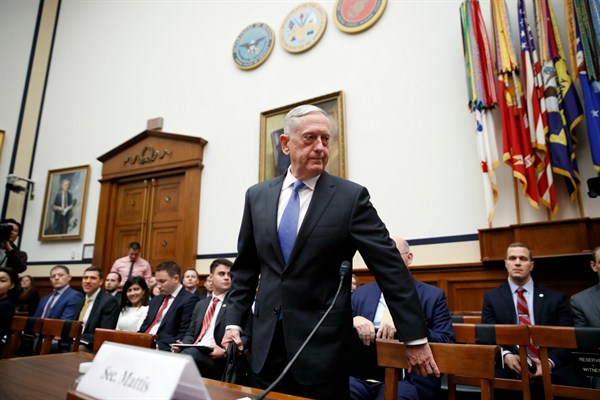The National Defense Strategy released by the Pentagon in January paints a worrying picture not only of the world, but also of the Pentagon’s perception of it. In doing so, the document manages to achieve an extraordinary feat: repudiate the worldview of both the sitting president and his predecessor.
The National Defense Strategy, or NDS, portrays the international arena as a field of strategic competition, where geopolitical contests have replaced terrorism as the chief threat to American security. This newly competitive world pits the U.S. against great powers in China and Russia and regional ones in Iran and North Korea. The document pointedly states that in recognizing these threats, the U.S. is emerging from a period of “strategic atrophy.”
The contrast with the world as portrayed by the administration of former President Barack Obama is stark. Obama held out hope that by offering emerging powers a greater stake in the liberal world order, they would abide by the rules and norms guiding it. The goal was twofold: to bolster the rules-based order in preparation for the inexorable relative decline of American influence over it; and to reduce the burden of America’s global security guarantees by empowering regional partners to address local challenges and crises.

